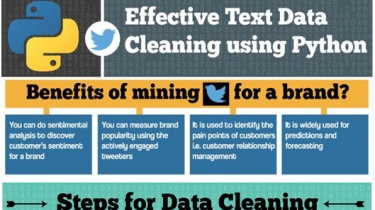TextCaps: a Dataset for Image Captioning with Reading Comprehension
Abstract Image descriptions can help visually impaired people to quickly understand the image content. While we made significant progress in automatically describing images and optical character recognition, current approaches are unable to include written text in their descriptions, although text is omnipresent in human environments and frequently critical to understand our surroundings. To study how to comprehend text in the context of an image we collect a novel dataset, TextCaps, with 145k captions for 28k images. Our dataset challenges a […]
Read more